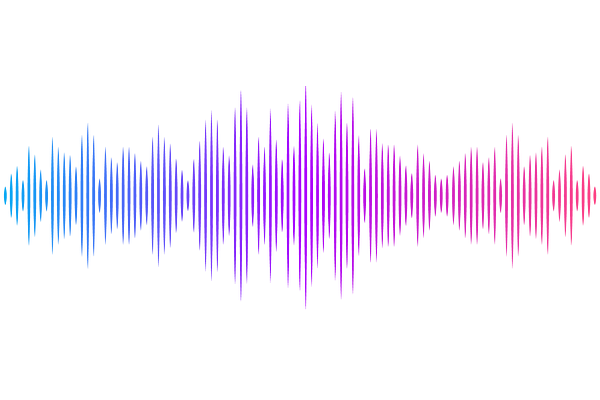Can We Ever Develop an Ideal RNA Force Field? Lessons Learned from Simulations of UUCG RNA Tetraloop and Other Systems.

Can We Ever Develop an Ideal RNA Force Field? Lessons Learned from Simulations of UUCG RNA Tetraloop and Other Systems.
Mlynsky, V.; Kuehrova, P.; Pykal, M.; Krepl, M.; Stadlbauer, P.; Otyepka, M.; Banas, P.; Sponer, J.
AbstractMolecular dynamics (MD) simulations are an important and well-established tool for investigating RNA structural dynamics, but their accuracy relies heavily on the quality of the employed force field (ff). In this work, we present a comprehensive evaluation of widely used pair-additive and polarizable RNA ffs using the challenging UUCG tetraloop (TL) benchmark system. Extensive standard MD simulations, initiated from the NMR structure of the 14-mer UUCG TL, revealed that most ffs did not maintain the native state, instead favoring alternative loop conformations. Notably, three very recent variants of pair-additive ffs, OL3CP--gHBfix21, DESAMBER, and OL3R2.7, successfully preserved the native structure over a 10 x 20 s timescale. To further assess these ffs, we performed enhanced sampling folding simulations of the shorter 8-mer UUCG TL, starting from the single-stranded conformation. Estimated folding free energies ({Delta}G{degrees}fold) varied significantly among these three ffs, with values of 0.0 {+/-} 0.6 kcal/mol, 2.4 {+/-} 0.8 kcal/mol, and 7.4 {+/-} 0.2 kcal/mol for OL3CP--gHBfix21, DESAMBER, and OL3R2.7, respectively. The {Delta}G{degrees}fold value from OL3CP--gHBfix21 was closest to experimental data, while the higher {Delta}G{degrees}fold values from DESAMBER and OL3R2.7 were unexpected, suggesting an over- or underestimation of key interactions within the folded and mis(un)folded ensembles. These discrepancies led us to further test DESAMBER and OL3R2.7 ffs on additional RNA and DNA systems, where further performance issues were observed. Our results emphasize the complexity of accurately modeling RNA dynamics and suggest that creating an RNA ff capable of reliably performing across a wide range of RNA motifs remains extremely challenging. In conclusion, our study provides valuable insights into the capabilities of current RNA ffs and highlights key areas for future ff development.